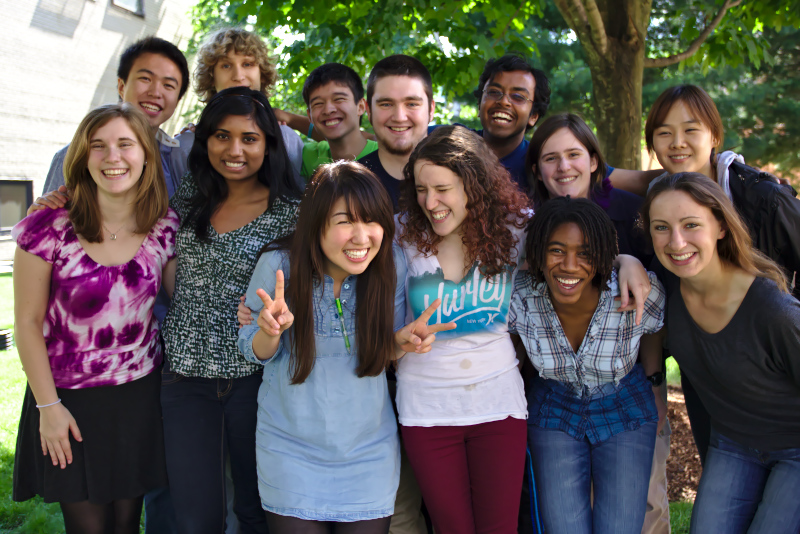Team:MIT
From 2013.igem.org
(Difference between revisions)
(Prototype team page) |
|||
| Line 1: | Line 1: | ||
| - | + | [[Image:MIT_logo.png|center]] | |
| - | + | {| | |
| - | + | | width=15% | | |
| - | + | | width=60% | | |
| - | + | ||
| - | + | ||
| - | + | ||
| - | + | ||
| - | + | ||
| - | + | ||
| - | + | ||
| - | + | ||
| - | + | ||
| - | + | ||
| - | + | This year, the MIT iGEM team is working to develop circuits that implement multiplexed cell-cell communication mediated by exosomes in mammalian cells. Our approach is to incorporate two parallel signaling strategies using exosomes: small miRNA and a Cas9 complex. | |
| + | In the first strategy, we utilize miRNA that are selectively targeted into exosomes. Sender cells produce exosomes with our miRNA signals. These exosomes carry signals to engineered receiver cells that use these miRNA inputs to modulate gene expression. | ||
| + | The second signaling strategy employs proteins contained within exosomes. We fuse targeting motifs to a CAS9-VP16 protein resulting in selective exosomal partitioning of this species in sender cells. In receiver cells, this signal modulates gene expression through the Cas9-CRISPR mechanism with a variable guide RNA. | ||
| - | + | | width=5% | | |
| - | | | + | | width=20% | [[Image:MIT_team.png|300px|Top|MIT Full Team]] |
| - | | | + | |
| - | + | ||
| - | + | ||
| - | + | ||
| - | |[[Image:MIT_team.png| | + | |
| - | + | ||
| - | + | ||
| - | + | ||
|} | |} | ||
Revision as of 03:59, 5 July 2013
| Home | Team | Official Team Profile | Project | Parts Submitted to the Registry | Modeling | Notebook | Safety | Attributions |
|---|
 "
"

